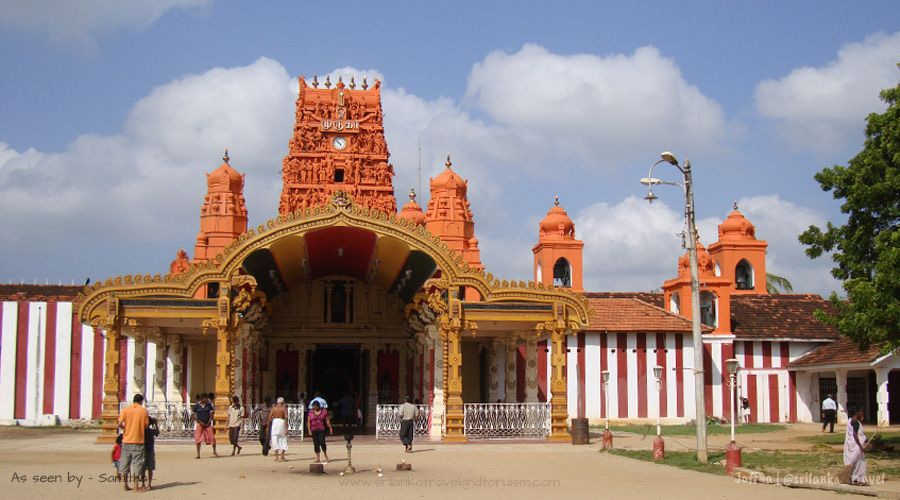Colourful and characterful, yet scarred by years of civil war, Jaffna is unlike anywhere else in Sri Lanka. Situated close to the northernmost point of the island, Jaffna is located on a narrow, fertile peninsula of the same name, separated from India by the Palk Strait. Its proximity to India, and in particular the south eastern state of Tamil Nadu, has had a profound influence on the town; residents are predominantly Tamil, either practicing Hindus or Christians, whilst Sinhalese – the language commonly spoken across Sri Lanka – is barely heard nor understood. Restaurants serve a mix of Sri Lankan and South Indian dishes, and by nightfall the streets are almost deserted. Many people you meet are highly educated and well travelled,and this cultural sophistication adds to Jaffna’s unique character; residents are curious, friendly and charming.
For many years during the island’s fierce civil war, Jaffna was effectively cut off from the rest of the island. Dating back six centuries, it was once Sri Lanka’s second largest city and its evocative, highly ornamented buildings – many of which are now abandoned shells of their former glory – strikingly demonstrate its earlier opulence. The influence of European colonialists has also shaped Jaffna architecturally, and you’ll come across many Portuguese churches, Dutch houses and British residences across town. Prominent landmarks include a number of educational institutions such as the Jaffna University, along with an elegant library, a huge fort (the largest Dutch fort in Asia), which overlooks the placid Jaffna Lagoon, and the atmospheric Nallur Kandaswarmy Hindu temple on the outskirts of town. Morris Minors and Ambassadors are Jaffna’s taxi of choice.
Today, Jaffna is easily accessible, and a fascinating place to visit. As far as tourism goes, it’s still early days; visitors come here for adventure and discovery, for culture and history, rather than the draw of five star luxuries. Beyond town, the peninsula is ripe for exploration, and attractions include the lighthouse in the village of Point Pedro, which sits at the extreme northeastern tip of the island. To the west of Jaffna, a string of islands dominated by palmyrah palms dot the waters of the Palk Strait, connected to the Jaffna mainland by causeways and ferries. Keyts is the largest, Delft the most remote and Naintativu Island famed for its pair of temples visited by pilgrims from far and wide. One of these is the Nagadipa Vihara, a rare place of Buddhist worship in the Hindu north.

